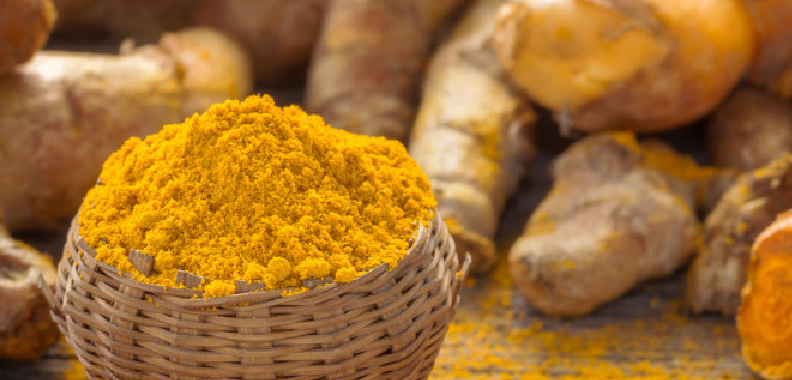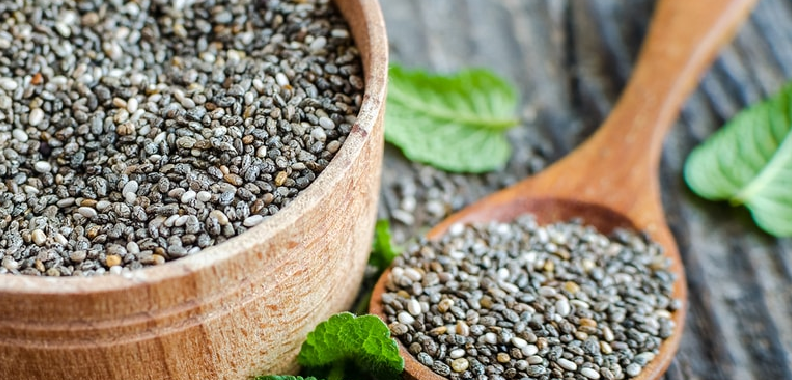It has survived not only five centuries, but also the leap into electronic typesetting, remaining essentially unchanged. It was popularised in the 1960s with
Contrary to popular belief, Lorem Ipsum is not simply random text. It has roots in a piece of classical Latin literature from 45 BC, making it over 2000 years old.
It has survived not only five centuries, but also the leap into electronic typesetting, remaining essentially unchanged. It was popularised in the 1960s with
Turmeric is a plant that has a very long history of medicinal use, dating back nearly 4000 years. In Southeast Asia, turmeric is used not only as a principal spice but also as a component in religious ceremonies. Because of its brilliant yellow color, turmeric is also known as “Indian saffron.” Modern medicine has begun to recognize its importance, as indicated by the over 3000 publications dealing with turmeric that came out within the last 25 years. This review first discusses in vitro studies with turmeric, followed by animal studies, and finally studies carried out on humans; the safety and efficacy of turmeric are further addressed.
Curcumin is Read More
Despite their small size, chia seeds are full of important nutrients. They are an excellent source of omega-3 fatty acids, rich in antioxidants, and they provide fiber, iron, and calcium. Omega-3 fatty acids help raise HDL cholesterol, the “good” cholesterol that protects against heart attack and stroke. Remember the chia pets that were popular in the 1990s? Chia seeds are the same small seeds you used to grow an Afro in your Homer Simpson terracotta vase.
Fast facts on chia seeds:
Here are some key points about chia seeds. More detail is in the main article.
- Chia seeds are a good source of omega-3 fatty acids, fiber, antioxidants, iron, and calcium.
- A 28-gram, or 1-ounce, serving of chia seeds Read More


